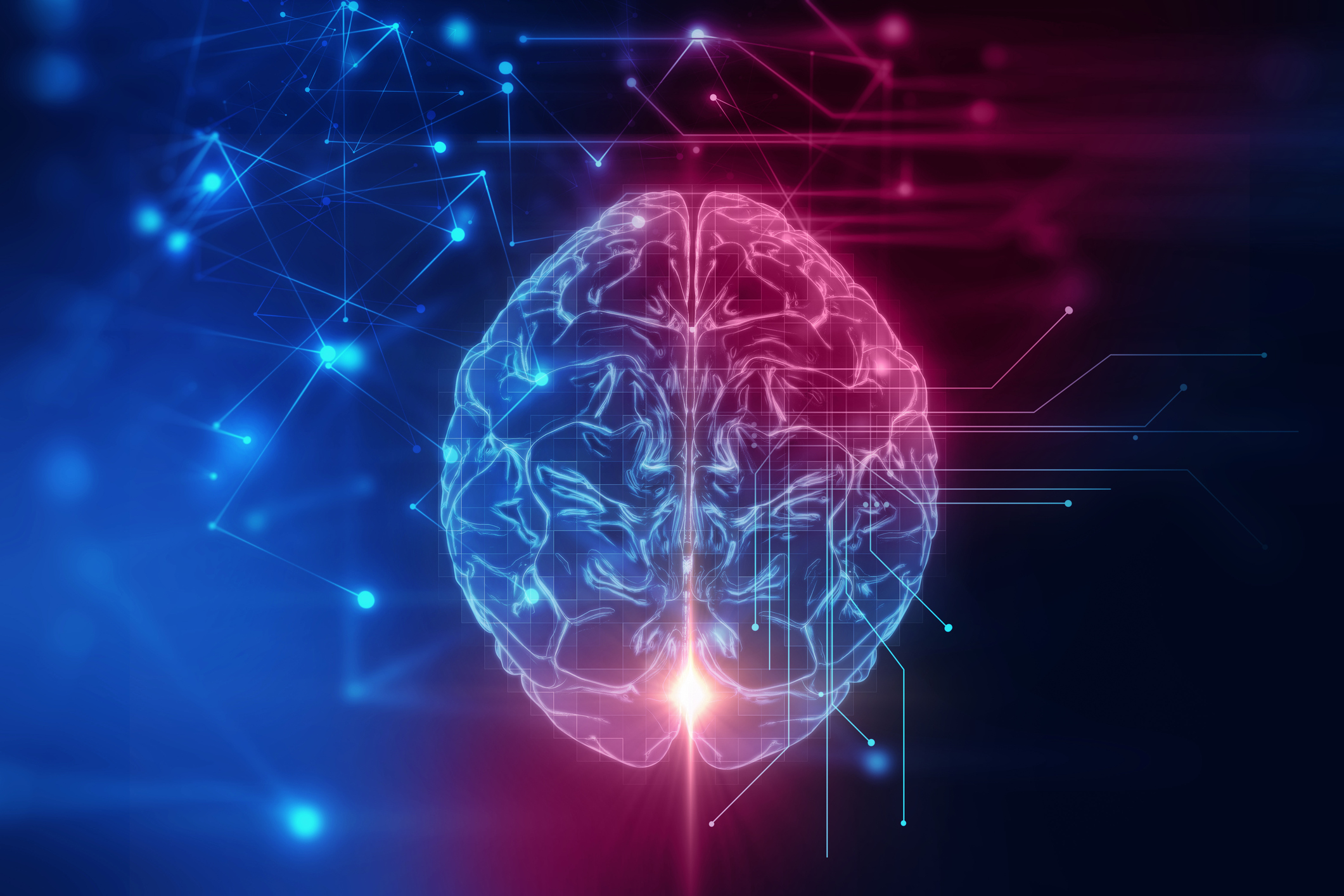#377 - Physical & Mental Health

Reference: Lever-van Milligen, B. A., Vogelzangs, N., Smit, J. H., & Penninx, B., W.J.H. (2014). Hemoglobin levels in persons with depressive and / or anxiety disorders. Journal of Psychosomatic Research, 76, 317 – 321.
Written by Shannon Cantalupo, B.S.


 Give to Florida Tech
Give to Florida Tech 